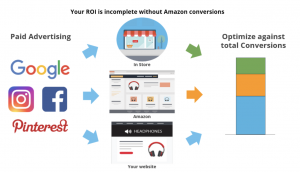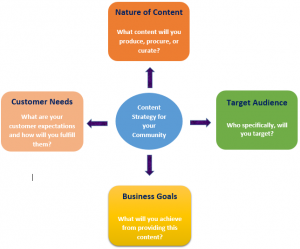
Canva.com
Spoiler alert. Investors, be they angels, a VC fund, or a family office, invest. That is what they do. The question you have to help them answer is not, “Should we invest?” but instead is, “Why should we invest in you?”.
On the surface, this sounds pretty obvious. Yet, it’s often absent in most of the pitch decks and presentations I hear and see. This is especially true with seed-stage investments. Most founders talk about their products, the market, their use of funds. All of which are important and rightfully part of a good presentation. But they don’t answer the fundamental question of why they represent the very best investment option.
Not making that argument is a huge missed opportunity. More than ever since most investor meetings are via Zoom, reading the room and establishing some chemistry is limited. I believe this is causing a slowing of the investment process. It’s taking more time and requiring more meetings before there is an investment decision.
In my opinion and experience, some overlooked critical factors should be part of every investor conversation. I will list them below then delve a bit deeper into each:
-
A point of difference.
-
A defined path to monetization.
-
A recognition that an investor has the right to make money.
-
The path forward for the investor.
-
The support that can be provided beyond the capital.
A point of difference:
Professional investors might see as many as 100+ pitch decks a month. What is going to make yours stand out? How do you rise above the din of founders knocking at the door in search of money?
A defined path to monetization:
How will the investor make her/his money back? Help them understand how long it will take and their expected return. You should walk them through the steps and timeline. Everyone understands there are risks and obstacles. But, mapping out the journey is vital in getting a favorable investment decision.
A recognition that an investor has the right to make money:
Shockingly, this is missed by so many founders. Especially those raising early. The focus of most is how to minimize dilution. Founders offer terms that are just not that exciting for investors. Investors have the right to make money, and the more risk they take on, the more upside they should have. Not accounting for that or accepting it will hurt you in the long run.
The path forward for the investor:
When an investor comes in early, pre-seed, seed, or bridge, they typically want to understand their path forward. They may make early bets on a few brands. They stand ready to add more capital to the ones that perform. Offering your investors a way forward not only helps them see the opportunity, but it adds a bit of a swagger to your argument. You are intimating that you’ll be that brand in which they double down. Including follow-on rights and warrant-coverage are a couple of ways to show the investor that you want and expect them to participate in future rounds.
The support that can be provided beyond the capital:
One of the reasons many angels get involved early is that they can play a role in de-risking their investment. Do your homeworld and learn about each investor and come prepared with a list of ways they can help the business flourish.
I could go into more detail about each of the above and could likely offer a few more. But, I think this article, as it stands, gets my point across. You need to leverage empathy. Understand what an investor is thinking about and what goes into their investment decisions. The more effective you are in addressing those, the greater your chances are they will choose to invest in you.
Business & Finance Articles on Business 2 Community
(81)








